Inspired by ESPN’s recent promotion of the debut of the Broadway musical Hamilton on Disney+, we’ve presented our twist on the Sports Center Top-10 with our Top-10 Favorite Fords, Top-10 Favorite Chevrolets, Top-10 Favorite Dodges, Top-10 Favorite Plymouths, Top-10 Favorite Pontiacs and Top-10 Favorite Hudsons.
We thought the series was over with Hudson. However, by popular demand, we offer up yet one more: Our Top-10 favorite Lincolns:
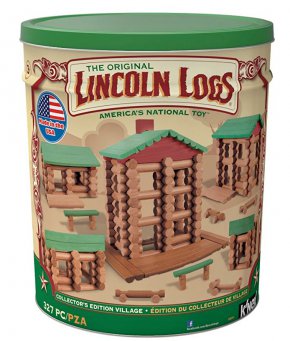
10. Lincoln Logs — This staple of the young American’s toy box for most of the 20th Century was the creation of architect Frank Lloyd Wright’s son, John, who in 1920 won a patent for his “toy-cabin construction” set, which he marketed under the name “Lincoln Logs.”
Footnote: While it seems obvious that the logs were patriotically named in honor of Abraham Lincoln and the log cabin in which he was born, there are those who have contended the name actually came from the logs being called “Linkin’ logs,” or even from the fact that Frank Lloyd Wright was born Frank Lincoln Wright, but after his parents divorced he would change the Lincoln to Lloyd, his mother’s maiden name.

9. Lelands of Lincoln — While there may be debate about the naming of the children’s log toys, there is no doubt that the Lincoln Motor Company was named in honor of President Abraham Lincoln.
Henry Leland was born in 1843, learned mass production making rifles for the Union Army at the Springfield Armory, about precision manufacturing while producing micrometers, and was sent to Detroit to produce precision tools, and soon engines and transmissions he supplied to Ransom E. Olds.
When Henry Ford was separated in 1902 from the original car company that bore his name, the Henry Ford Company, Ford’s financial partners brought in Leland and renamed the company in honor of the founder of Fort Ponchartrain du Detroit, French explorer Antoine de la Mothe Cadillac.
In 1909, Billy Durant enfolded Cadillac into his General Motors conglomerate, but kept the Lelands — Henry and his doctor-turned-engineer son, Wilfred — in charge. Well, until the outbreak of World War I. when Henry Leland wanted to help the war effort and Durant did not, so the Lelands left and started their own manufacturing company to make Liberty aircraft engines and, after the war, the Lincoln automobiles.
The Lelands’ Lincolns were elegant but expensive luxury vehicles — more expensive than Cadillacs — and by 1922 the company was in receivership. There are those who say that Winfred Leland and Edsel Ford were friends and convinced their fathers to a deal in which Ford acquired Lincoln.
Henry Ford insisted on a bargain price that allowed Henry Leland, who was nearly 80 years old, to pay his debtors but that left him little, except a deal to work for Ford, who was still resentful of Leland’s role in that original Henry Ford Company. The Lelands lasted only five months at Ford-owned Lincoln.

8. Lincoln Zephyr — Edsel Ford took over Lincoln, which he saw as a way to add style to the otherwise boxy Ford fleet. Enter Eugene Gregorie, a boat designer who also had worked for coachbuilder Brewster and even, briefly, in Harley Earl’s studio at General Motors. Gregorie’s first priority was remodeling various Fords. His first project for Lincoln would have to wait until the 1936 model year, when the curvaceous Zephyr and its flathead V12 engine revived the Lincoln brand.
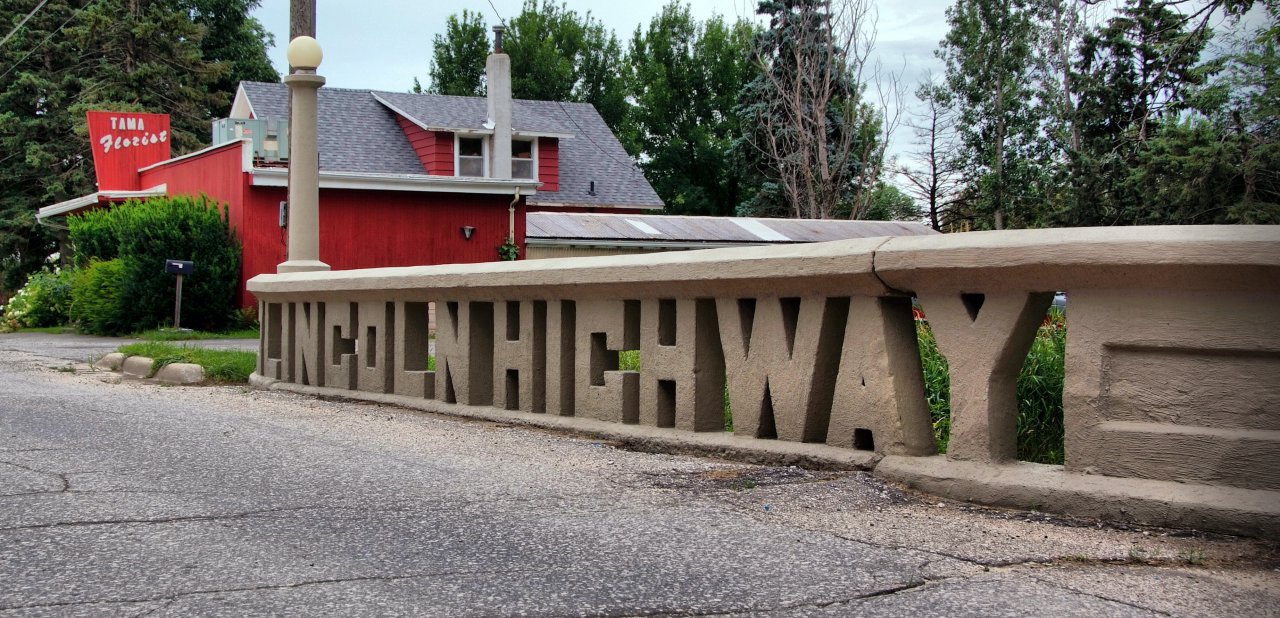
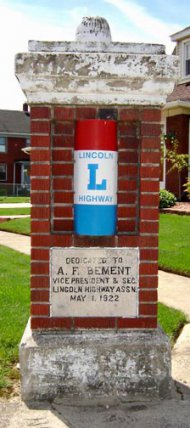
7. Lincoln Highway — You may recognize Carl Fisher as one of the four founders of the Indianapolis Motor Speedway. But the co-owner of Prest-O-Lite headlamps and real estate developer of Miami Beach, Florida, also was the leader in the movement to establish automobile roads across the country. His first, in 1913, was the Lincoln Highway, a cross-country route from New York City to San Francisco. The road became known as “The Main Street” of America. It also was the country’s first national tribute to President Lincoln, established nearly a decade before the Lincoln Memorial.
When routes were given numbers, the Lincoln Highway became Route 30. Interstate 80 follows the same basic path from coast to coast.
6. Hot Rod Lincoln — “Son, you’re gonna’ drive me to drinkin’ If you don’t stop drivin’ that Hot Rod Lincoln.” Though not part of the original 1955 lyrics by Charlie Ryan, a version of that intro is present on the 1971 version of Commander Cody and His Lost Planet Airmen. In 1960, yet another version was released by country singer Johnny Bond, and now the V12 engine had become a V8.
5. Lincoln Sentinel — “New Edge” would become the theme for the work of designers in the Ford and Lincoln studios not long after the unveiling of the Lincoln Sentinel concept car at the 1996 Detroit auto show. The concept was built on a wheelbase nearly two feet longer than the Lincoln Town Car, yet the Sentinel was slightly shorter overall. The wheelbase enhanced a rather sinister design marked by sharp creases, a long hood and even a slight Continental kit bump at the back. Though not a runner at the auto show, the car was designed to carry the same 435 horsepower 6.0-liter V12 as the Ford Indigo concept.

4. Lincoln Indianapolis — Gian Paolo Boano created the Lincoln Indianapolis concept car for the 1955 Turin auto show in Italy. The car is a Lincoln because of the source of its underpinnings, not because of its radical design, or orange color. However, Henry Ford II was so taken with the car that he bought it, though he didn’t retain it very long. Boano’s father, Mario, had worked for the Giovanni Farina at Stablimenti Farina and for Battista at Pinin Farina before taking over Ghia after World War II. He sold Ghia in the mid-1950s, established a new design studio at Fiat and with his son established Carrozzeria Boano.
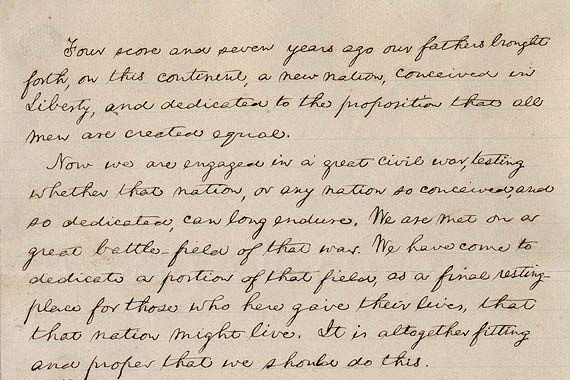
3. Lincoln’s Gettysburg Address — “Four score and seven years ago our fathers brought forth on this continent, a new nation, conceived in Liberty, and dedicated to the proposition that all men are created equal…” And the rest you likely memorized back in grammar or high school.

2. Lincoln Futura (aka Batmobile) — Only automobile aficionados might recognize the 1955 Lincoln Futura concept car, but seemingly everyone in the U.S. — and much of the world, for that matter — would recognize that car as modified by George Barris to become the Batmobile for the Batman television series.
The Futura was designed in Dearborn, which shipped a special experimental chassis to Ghia in Italy for the build. The car, with its double-bubble canopy roof and tail fins, debuted at the Chicago auto show.
In Detroit Dream Cars, author John Heilig shares the story of the link between the Futura and another famous concept, the Chicago Corvette XP-755 Shark. Lincoln-Mercury design chief Bill Schmidt and Bill Mitchell, No. 2 in the GM design studio, were friends who vacationed together, fishing in the Bahamas. When they got home, Mitchell did his shark-inspired sports car and Schmidt put gills on the Futura.
After traveling the show circuit in pearlescent white paint, the Futura was painted red for its role in the Debbie Reynolds/Glenn Ford movie, It Started with a Kiss. After its film work was finished, the car was sold to Barris, who simply parked it behind his California customizing shop for several years… until 1966 when he was contracted to produce the car that would carry Batman and Robin onto the television screen.
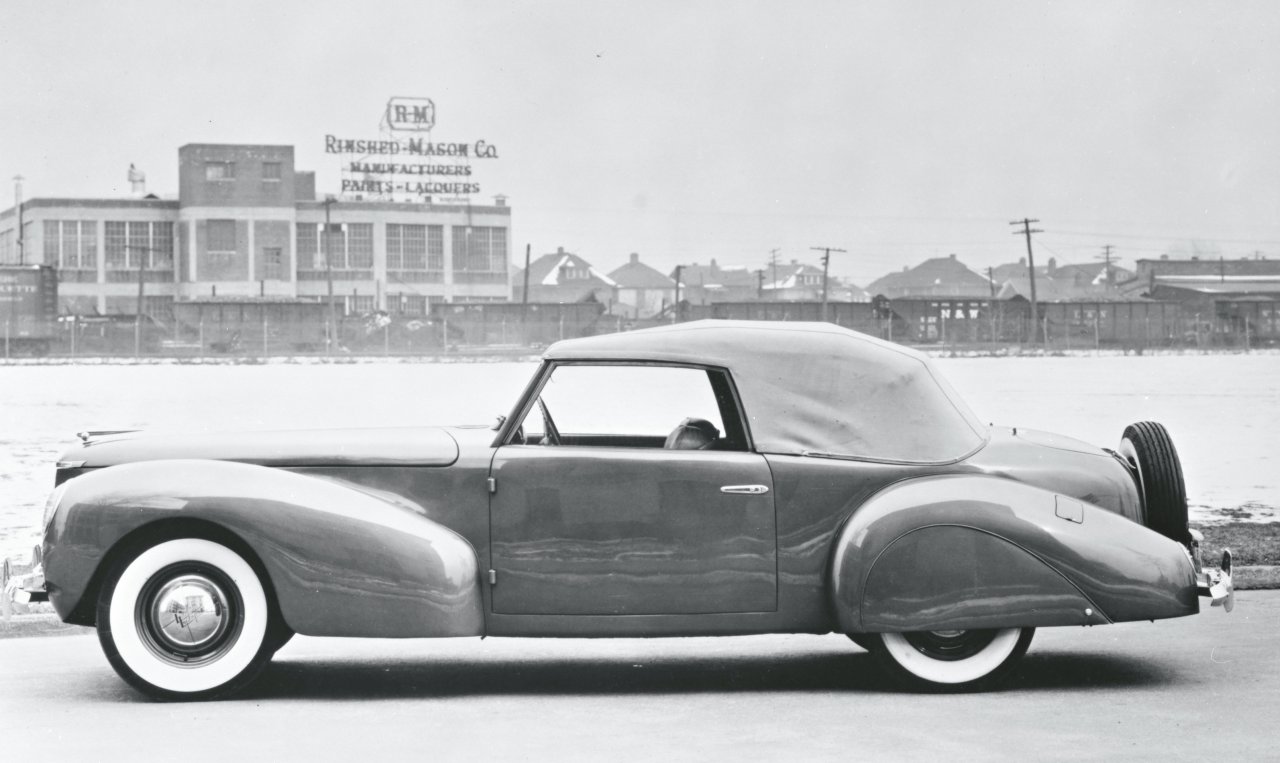
1. Lincoln Continental — Although our focus here is on the original Continental, we could just have easily selected the Continental Mark II, the 1956-1957 luxury coupe that enabled William Clay Ford to take controlling ownership of the Detroit Lions football team, or the various Marks that followed throughout the 1950s.
But No. 1 on this list is the original. The story goes that Edsel Ford went on vacation in Europe and when he got home, he told Eugene Gregorie that he wanted a car with “Continental” styling, and he wanted to drive it that winter on his annual escape the Midwestern winter visit to Palm Beach, Florida.
Gregorie did sketches in less than an hour, and followed with a 20-inch scale model. He stretched and lowered the Zephyr chassis (lowered by seven inches) and topped it with dramatic coachwork. After Edsel’s prototype, the car went into production in 1941 and became the car of choice among Hollywood stars.



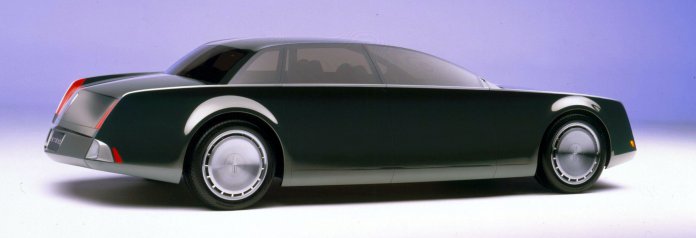




Is Larry Edsall the grandson of Dr Harold and Marion Edsall of Grosse Pointe, Michigan?
I think all of us who spell our last name Edsall (as opposed to Edsel) are related, tracing back, as I understand it, to A Samuel Edsall who arrived in Boston in 1648 at the age of 18. My particular branch of the family traces of Robert George Edsall who fought with the Indiana Infantry in the Civil War, and to his son, James Edward Edsall.